Top 8 breastfeeding tips for new moms
(BPT) – Did you know that more than three out of four newborns are breastfed? While the numbers at birth start high, they drop significantly by the six-month mark when less than one in five are exclusively breastfed. The American Academy of Pediatrics recommends breastfeeding for at least 12 months.
Breastfeeding is a journey that is unique to every mom. Here are our top eight breastfeeding tips to help new moms meet their breastfeeding goals.
1. Get a breastfeeding app
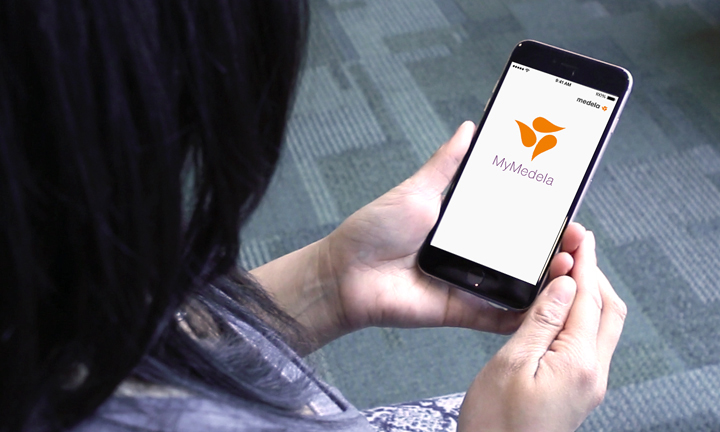
Technology can provide wonderful tools to support your breastfeeding journey. Use a free app, like MyMedela, to monitor key stats and milestones to help keep you and baby on track. The app also includes a clinically developed Breastfeeding Confidence Assessment, which helps evaluate goals and enables the app to provide customized advice based on your individual needs, as well as a Problem Solver tool, with answers to common breastfeeding and breast pumping questions.
2. Let your newborn set the pace

Many moms worry about baby getting too little or too much milk. When you breastfeed, trust your baby to set the pace. Most newborns feed every two or three hours. More frequent ‘cluster’ feeding is also common. Remember that most babies, whether bottle or breastfed, lose between five and nine percent of their birthweight and regain it in the first two weeks. Rest assured – your pediatrician will be monitoring your baby’s growth over time. If you are still unsure, reach out to your healthcare provider or a lactation consultant.
3. Get your $0 copay pump
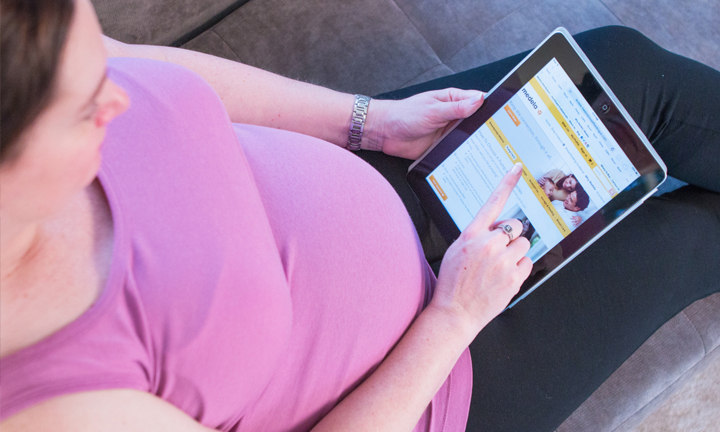
The Affordable Care Act (ACA) allows you to get a breast pump and coverage for a lactation consultant with $0 copay. If you already own a pump, consider a second one for ease and convenience when you’re on-the-go; it’ll save you from schlepping your pump! Avoid a second-hand pump – most personal-use pumps have a one-year warranty and if the motor isn’t working effectively, you may not get the milk output your baby needs. To learn more about what your insurance may offer, visit: http://bit.ly/1rs0GtS.
4. Take advantage of tax benefits
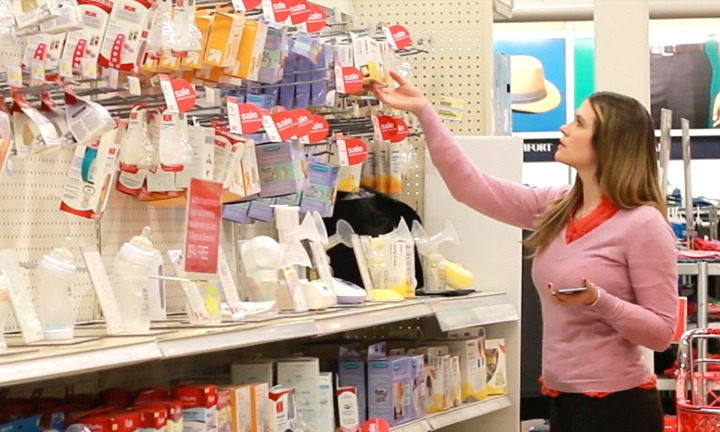
Did you know you can use your flexible spending account (FSA) and health savings account (HSA) funds to cover the cost of an ACA breast pump upgrade, breastfeeding accessories and additional supplies? This tax benefit can help you cut costs, so keep this in mind during your open enrollment period at work – you may want to add to the year’s funds.
5. Check nipple shields and breast shields

One of the most common breastfeeding struggles for newborns is establishing a correct latch. Moms facing this challenge can use nipple shields to encourage baby to latch. One size does not fit all, so work with your healthcare provider or lactation consultant to find the size that works for you and baby. Breast shields for pumping are most effective when the right size is being used. Here is a sizing guide to help you figure out the right breast shield size.
6. Help with let-down
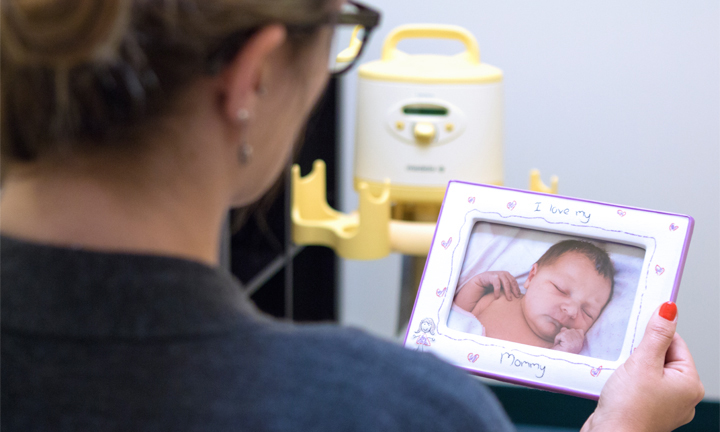
When you’re back at work or simply away from baby and have to pump, let-down can be difficult. To encourage let-down and assist in the pumping process, have a picture of your baby nearby or play a video of your baby crying – this can be surprisingly effective.
7. Pump for two more minutes

To encourage optimum milk production, don’t stop pumping right after your breast has been emptied. Pump for two minutes after your breast feels drained to facilitate increased milk production over time.
8. Plan ahead for a successful transition back to work
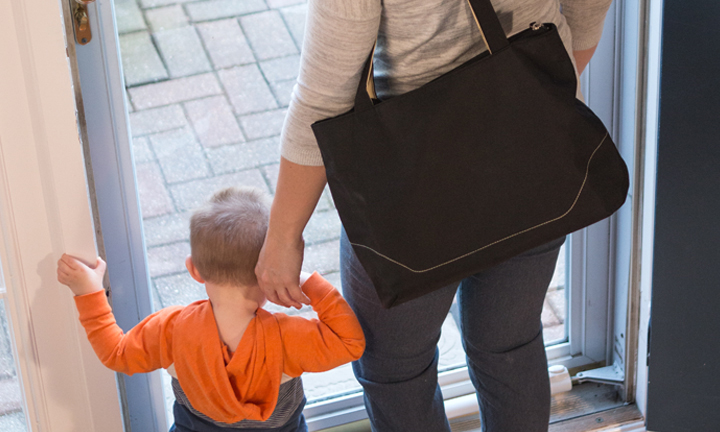
Just as you’ve planned carefully for your baby’s arrival, plan for the day you’ll head back to work to ensure that breastfeeding continues to go smoothly. Some things to consider include: finding which pump is best for your working conditions; establishing a pumping routine; learning more about your workplace rights; and lining up what supplies you will need to pump, store and clean your breastmilk accessories. You can find all sorts of tips for successful breastfeeding from other working moms at MedelaAtWork.com.


